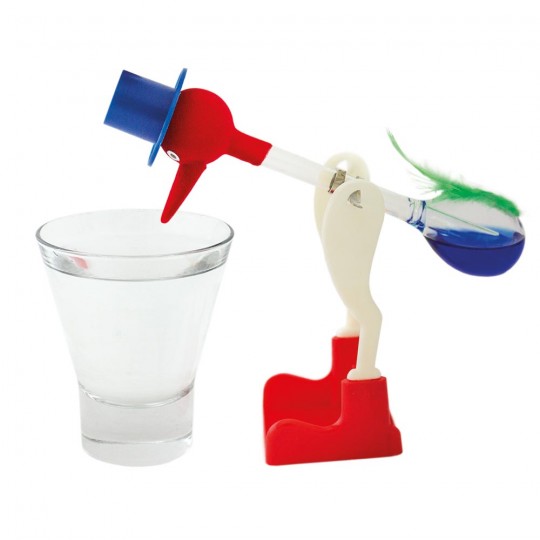Carnot, Caloric Theory and The Heat Engine
In 1823 when Sadi Carnot (1796–1832) began this task, less than thirty years had passed since Rumford’s cannon-boring experiments led him to declare “heat is motion”. And although this should have been the end of caloric theory, it and its principle of heat (caloric) conservation were mostly undaunted. Further, a more complete understanding of energy would have to wait for some thirty years for the first law to be established.
